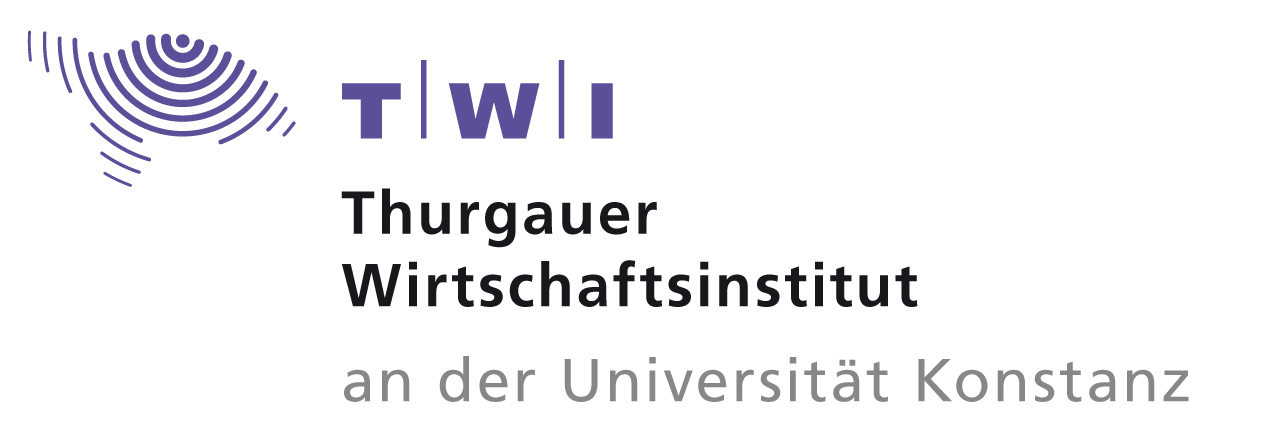Irenaeus Wolff, Journal of Economic Behavior & Organization, 184: 16-29, 2021
- Why do we see a bunching of choices in a pure discoordination game played on the options „A“, „B“, „A“, and „A“? And why do we see the same bunching in other games with the same unique mixed-strategy equilibrium prescribing uniform mixing (as I show)? And – why does the bunching correspond to the pattern we observe when people simply have to bet on one of the options (as I show)?
- My answer: many people reason strategically in one way or the other, but at some point they realise that this doesn‘t help in the situation at hand (it doesn‘t eliminate even a single option). At this point, they „switch off“ their „strategic-thinking engine“ and simply bet on any of the options (which ones is predicted by findings from psychology). This behaviour could be exploited by others who best-respond to it. But it isn‘t. Models that include layers of best-responding to betting-like behaviour predict clearly worse out-of-sample than a simple mix of betting-like behaviour and uniform randomisation. This answer accounts for two well-established findings, one from the literature and the other one from the real world: the seeker advantage in hide-and-seek games, and the bunching in national-lottery bets.

